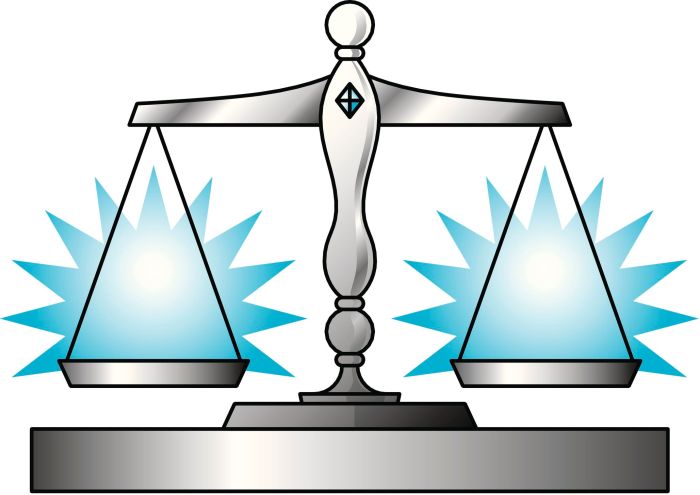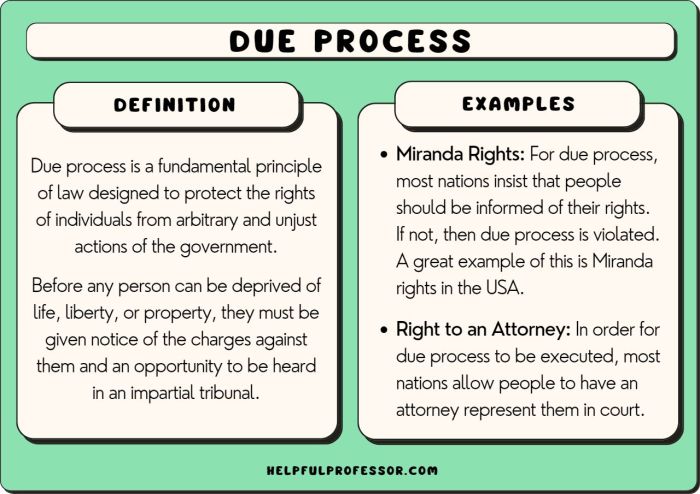In the realm of American jurisprudence, constitutional principles hold sway, shaping the very fabric of our legal system. This article delves into the intriguing question of “Which Constitutional Principle Does This Graphic Illustrate?” embarking on an exploration that unveils the essence of these fundamental tenets and their profound impact on our nation’s legal landscape.
The graphic in question presents a visual representation of a constitutional principle, inviting us to decipher its meaning and significance. As we embark on this intellectual journey, we will unravel the historical context that gave rise to this principle, examine its evolution over time, and analyze its modern-day applications.
Constitutional Principles

Constitutional principles are fundamental norms that define the structure and function of a constitutional system. They are the basic rules that govern the relationship between the government and the people, and they set the limits of governmental power.Constitutional principles can be divided into two broad categories: structural principles and substantive principles.
Structural principles define the basic structure of the government, such as the separation of powers and the system of checks and balances. Substantive principles, on the other hand, protect individual rights and liberties, such as the right to free speech and the right to due process of law.
Analysis of the Graphic: Which Constitutional Principle Does This Graphic Illustrate

The graphic illustrates the constitutional principle of due process of law. Due process of law requires that the government provide fair and reasonable procedures before depriving a person of life, liberty, or property. The graphic shows a person being arrested by the police.
The police officer is required to read the person their Miranda rights, which inform them of their right to remain silent, their right to an attorney, and their right to a fair trial. These rights are essential to ensuring that the person is not deprived of their liberty without due process of law.
Historical Context
The principle of due process of law has its roots in the Magna Carta, which was signed by King John of England in 1215. The Magna Carta guaranteed that no one would be deprived of life, liberty, or property without the judgment of their peers or the law of the land.
This principle was later incorporated into the United States Constitution in the Fifth and Fourteenth Amendments.
Modern Applications, Which constitutional principle does this graphic illustrate
The principle of due process of law is applied in a wide variety of legal cases today. For example, the Supreme Court has held that the due process clause requires the government to provide a fair and impartial trial, the right to counsel, and the right to cross-examine witnesses.
The due process clause has also been used to protect the rights of criminal defendants, such as the right to be free from unreasonable searches and seizures and the right to a speedy trial.
Comparative Analysis
The principle of due process of law is similar to the principles of natural justice that are found in many other legal systems. However, the American due process clause is unique in that it is enforceable against the government. This means that the government cannot deprive a person of life, liberty, or property without following the procedures that are set forth in the Constitution.
Key Questions Answered
What are the different types of constitutional principles?
Constitutional principles can be categorized as structural, substantive, or procedural. Structural principles define the framework of government, substantive principles protect individual rights, and procedural principles ensure fair and impartial legal proceedings.
How has the principle illustrated in the graphic evolved over time?
The principle illustrated in the graphic has undergone significant evolution through judicial interpretation and constitutional amendments. Its scope and application have been refined over time to meet the changing needs of society.
What are some of the challenges to applying the principle in the 21st century?
Applying the principle in the 21st century presents challenges due to technological advancements, globalization, and evolving societal norms. Balancing the principle with other constitutional values and addressing its implications in new contexts requires careful consideration.

